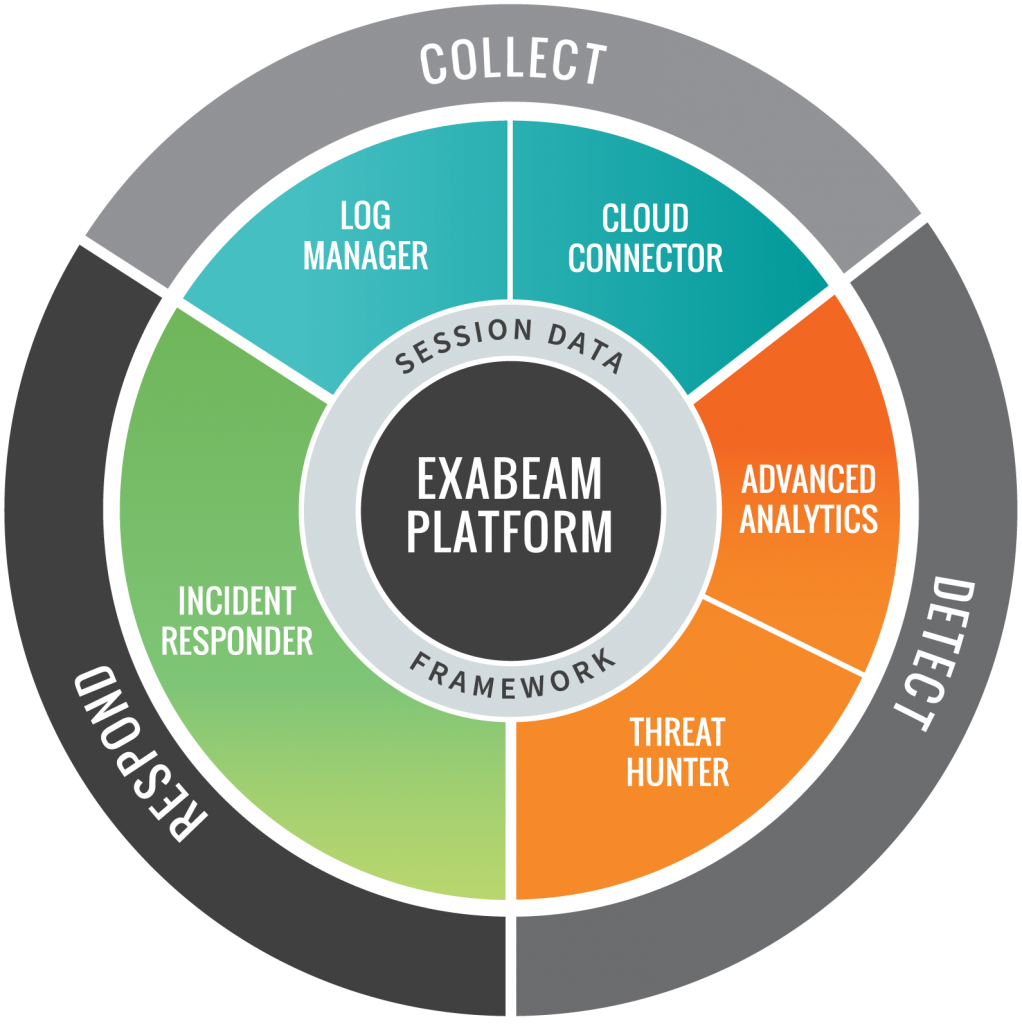
Problems that solves
No control over data access
No IT security guidelines
Unauthorized access to corporate IT systems and data
Risk or Leaks of confidential information
Risk of data loss or damage
Values
Ensure Security and Business Continuity
Reduce Costs
Exabeam Security Intelligence Platform
The Exabeam Security Intelligence Platform provides organizations of all sizes with comprehensive, end-to-end detection, analytics, and response capabilities from a single security management and operations platform. Exabeam provides elastic scalability through the use of a modern big data and machine learning architecture that ingests and analyzes data at any scale; all at a predictable cost. This means organizations no longer need to choose between adhering to security budgets and adding additional data sources that would minimize their security blind spots.
Description
Scheme of work




















